How does the Clean Air Act work?
The law makes the air healthier. Will what we breathe stay that way?
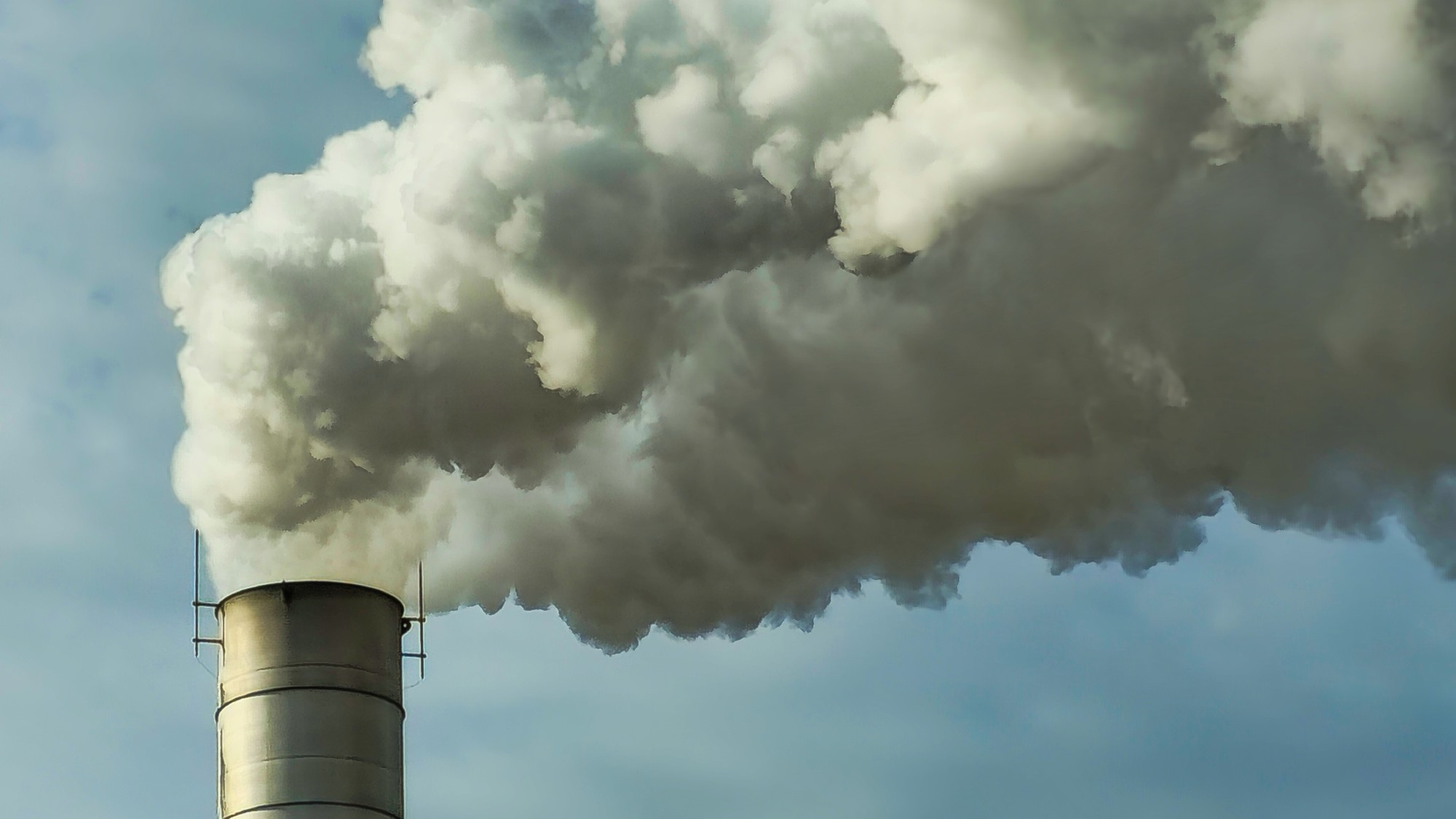

During the early 1970s, the air in many American cities was … brown. Pollution muddied clear skies and sickened people across the country. The Clean Air Act helped change that. But the law's future is cloudy.
The Nixon-era law is "under attack," said The American Prospect. The Clean Air Act (CAA) passed in 1970, enshrining the "right of Americans to breathable air" and empowering the newly created Environmental Protection Agency to regulate pollutants. Industry lawsuits have always threatened to undermine the legislation's effectiveness, and those efforts are multiplying. Moves by Congressional Republicans and the Trump administration could also weaken the CAA and the "clean air that we now take for granted."
What is the history of the Clean Air Act?
Polluted air in midcentury America could be deadly. In 1948, "lethal clouds" of pollution inflicted a "score of deaths" and sickened thousands more in Donora, Pennsylvania, said Smithsonian Magazine. The United Kingdom — famous for its coal-choked air — passed air pollution restrictions in 1956. The United States passed its own laws in 1955, 1963 and 1967, culminating in 1970 with the Clean Air Act that "empowered the Environmental Protection Agency (EPA) to determine safe limits and regulate six major air pollutants" in everything from coal-fired power plants and factories to smog-spewing cars, lawnmowers and beyond. (The list expanded to 189 "potential threats" by 2022.) The results were noticeable: Carbon monoxide levels "dropped by about 90% in large American cities."
The Week
Escape your echo chamber. Get the facts behind the news, plus analysis from multiple perspectives.

Sign up for The Week's Free Newsletters
From our morning news briefing to a weekly Good News Newsletter, get the best of The Week delivered directly to your inbox.
From our morning news briefing to a weekly Good News Newsletter, get the best of The Week delivered directly to your inbox.
California gets waivers from the law. Why?
The EPA "has granted California more than 75 waivers" since the Clean Air Act became law. These waivers have allowed the state to impose vehicle emissions rules that are tougher federal standards, said CBS News. It is a grandfathering situation: The Golden State regulated car emissions long before the CAA went into effect. California's legal power on this topic has had ripple effects: The CAA allows "other states to adopt California's vehicle emissions standards." Thus, tougher regulations coming out of Sacramento can affect automotive industry sales in more than a dozen other states.
What are the Clean Air Act's benefits?
The air is "visibly cleaner" and "safer to breathe" in many American communities, said the Natural Resources Defense Council. "Fine particulate matter pollution" is the "deadliest" form of pollution, but it has declined by 41% since 1990. Ozone pollution has also dropped by 22%. One study found the law prevents as many as 370,000 premature deaths a year. The Clean Air Act is the "most powerful public health law enacted in the twentieth century in the United States," Paul Billings, a senior vice president at the American Lung Association, said to National Geographic for the law's 50th anniversary in 2020.
What are the criticisms?
Business groups argue the regulations are too costly, said The New York Times. During a quintennial review of EPA regulations in 2023, a "coalition of major industries" said there no room would be "left for new economic development" if the agency adopted tough standards to combat climate change. The costs of the rules "are extremely high," said Chad Whiteman of the Chamber of Commerce's Global Energy Institute, and "you start bumping into unintended consequences." Under President Joe Biden, those costs were offset somewhat through a "green bank" to finance clean energy projects, said the Times, as well as other funding to "help heavy industries retrofit to lower their carbon emissions."
What next?
The Trump administration said in March it is "reconsidering" more than 30 air pollution rules under the act, said The Conversation. The deregulatory effort is intended to "roll back trillions in regulatory costs and hidden 'taxes' on U.S. families." The question is whether the "economic and health benefits" of air pollution restrictions will persist.
A free daily email with the biggest news stories of the day – and the best features from TheWeek.com
Joel Mathis is a writer with 30 years of newspaper and online journalism experience. His work also regularly appears in National Geographic and The Kansas City Star. His awards include best online commentary at the Online News Association and (twice) at the City and Regional Magazine Association.
-
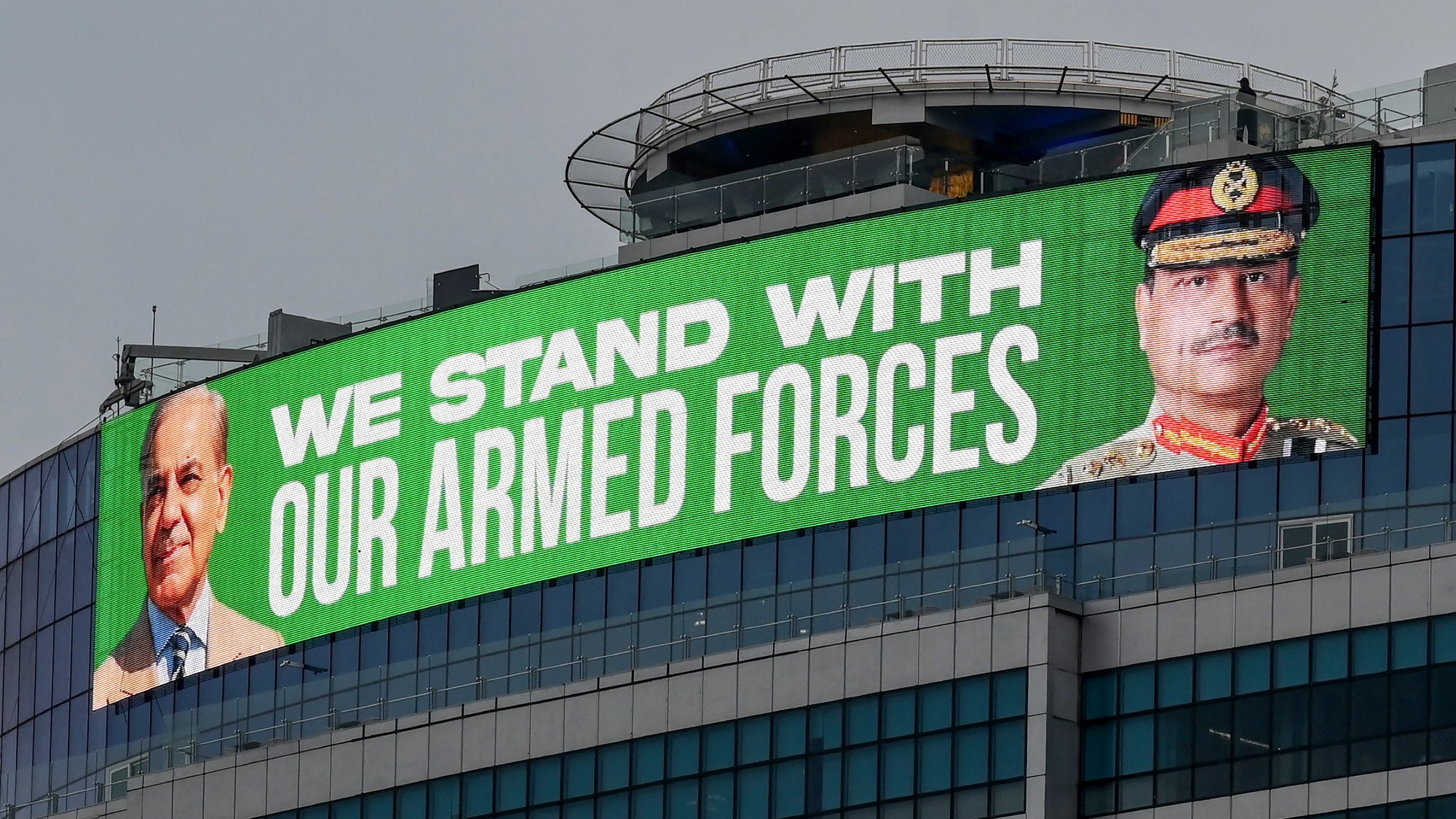 Pakistan: Trump’s ‘favourite field marshal’ takes charge
Pakistan: Trump’s ‘favourite field marshal’ takes chargeIn the Spotlight Asim Munir’s control over all three branches of Pakistan’s military gives him ‘sweeping powers’ – and almost unlimited freedom to use them
-
 Codeword: December 6, 2025
Codeword: December 6, 2025The daily codeword puzzle from The Week
-
 Sudoku hard: December 6, 2025
Sudoku hard: December 6, 2025The daily hard sudoku puzzle from The Week
-
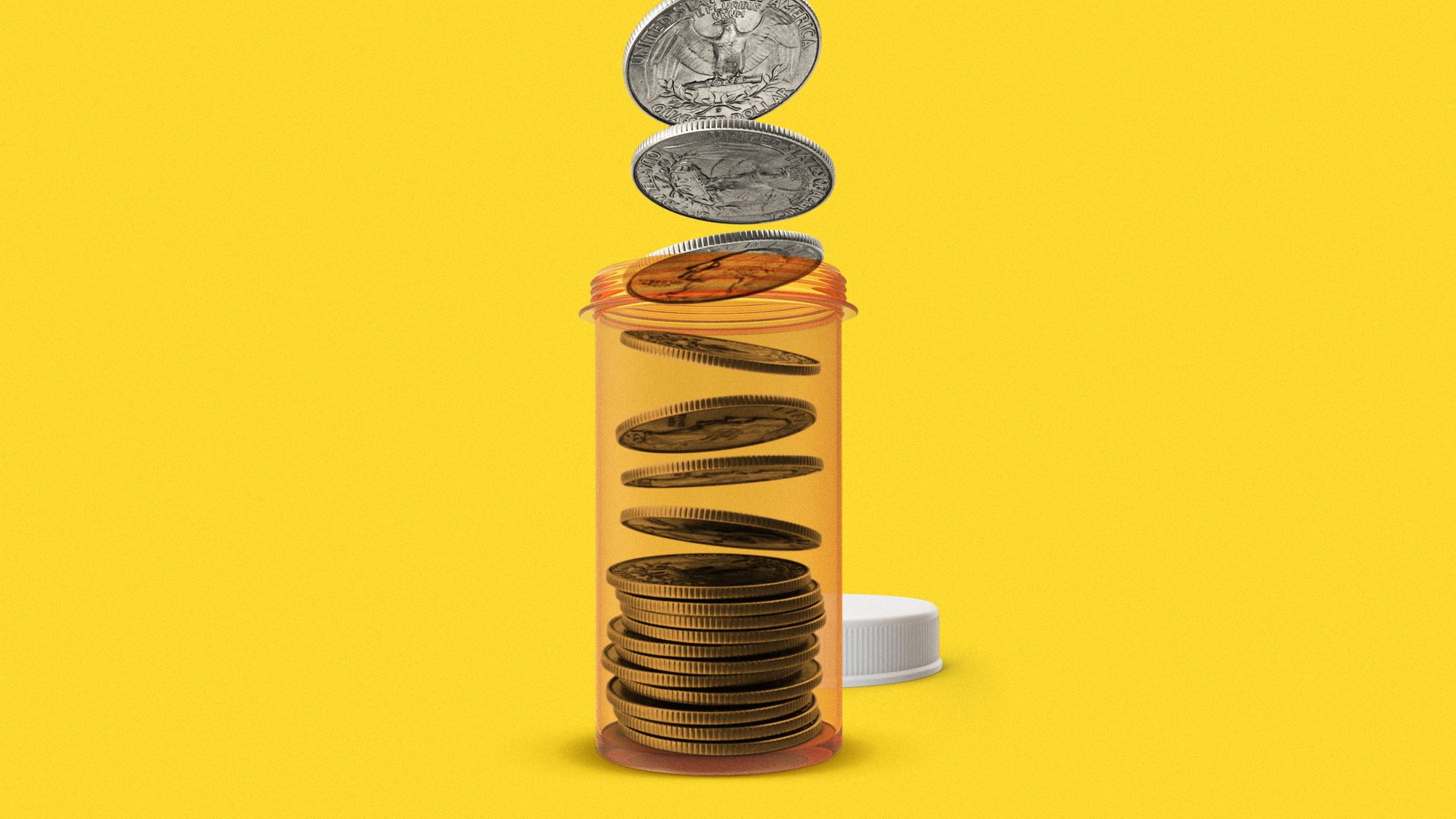 Can TrumpRx really lower drug prices?
Can TrumpRx really lower drug prices?Today’s Big Question Pfizer’s deal with Trump sent drugmaker stocks higher
-
 Trump makes unmoored claims on Tylenol and autism
Trump makes unmoored claims on Tylenol and autismSpeed Read No causal relationship has been established between autism and acetaminophen use during pregnancy
-
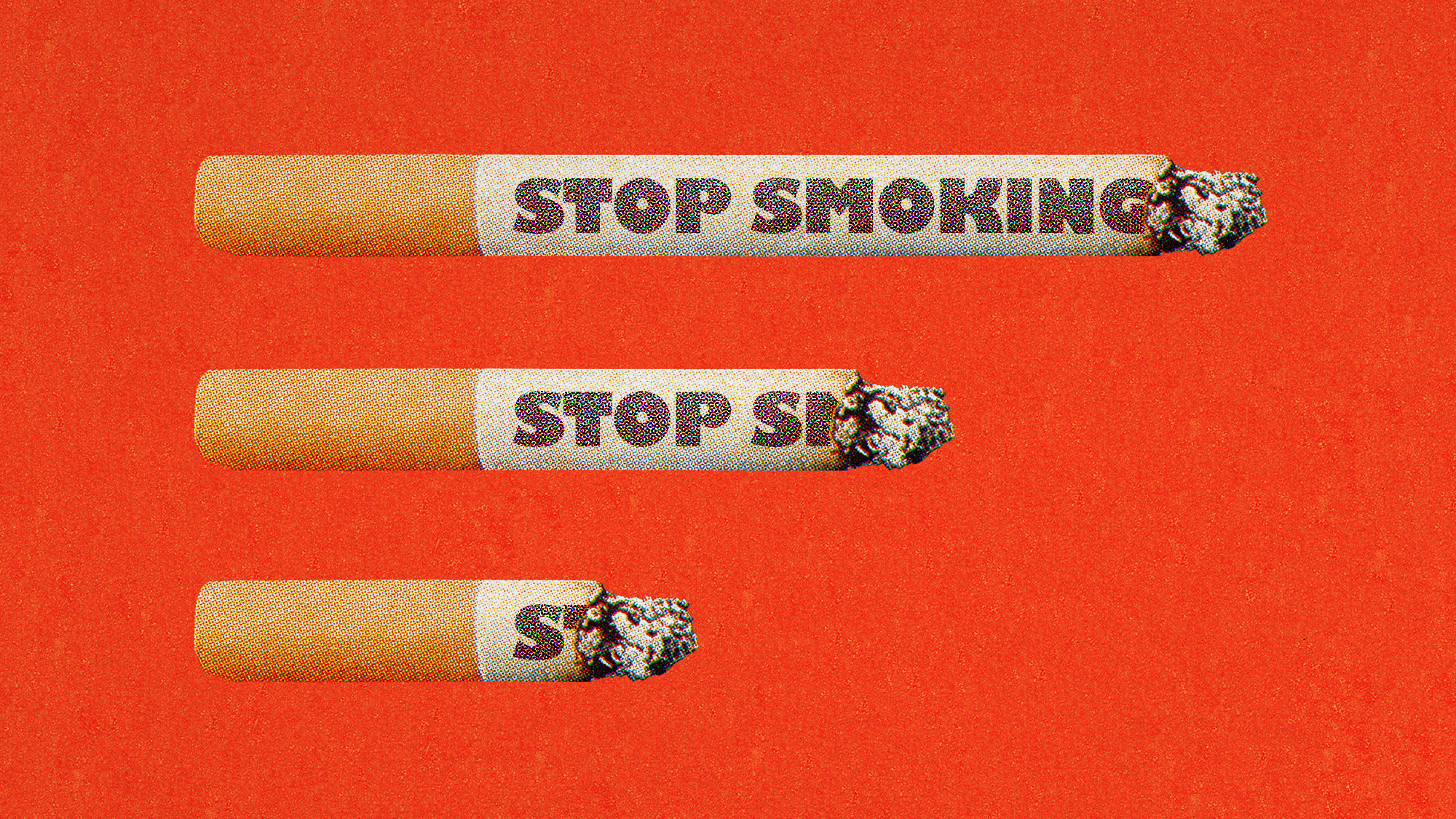 Quit-smoking ads are being put out
Quit-smoking ads are being put outUnder the radar The dissolution of a government-funded campaign could lead to more smokers in the future
-
 America is leaving WHO. What does that mean for public health?
America is leaving WHO. What does that mean for public health?Today's Big Question Trump orders the withdrawal
-
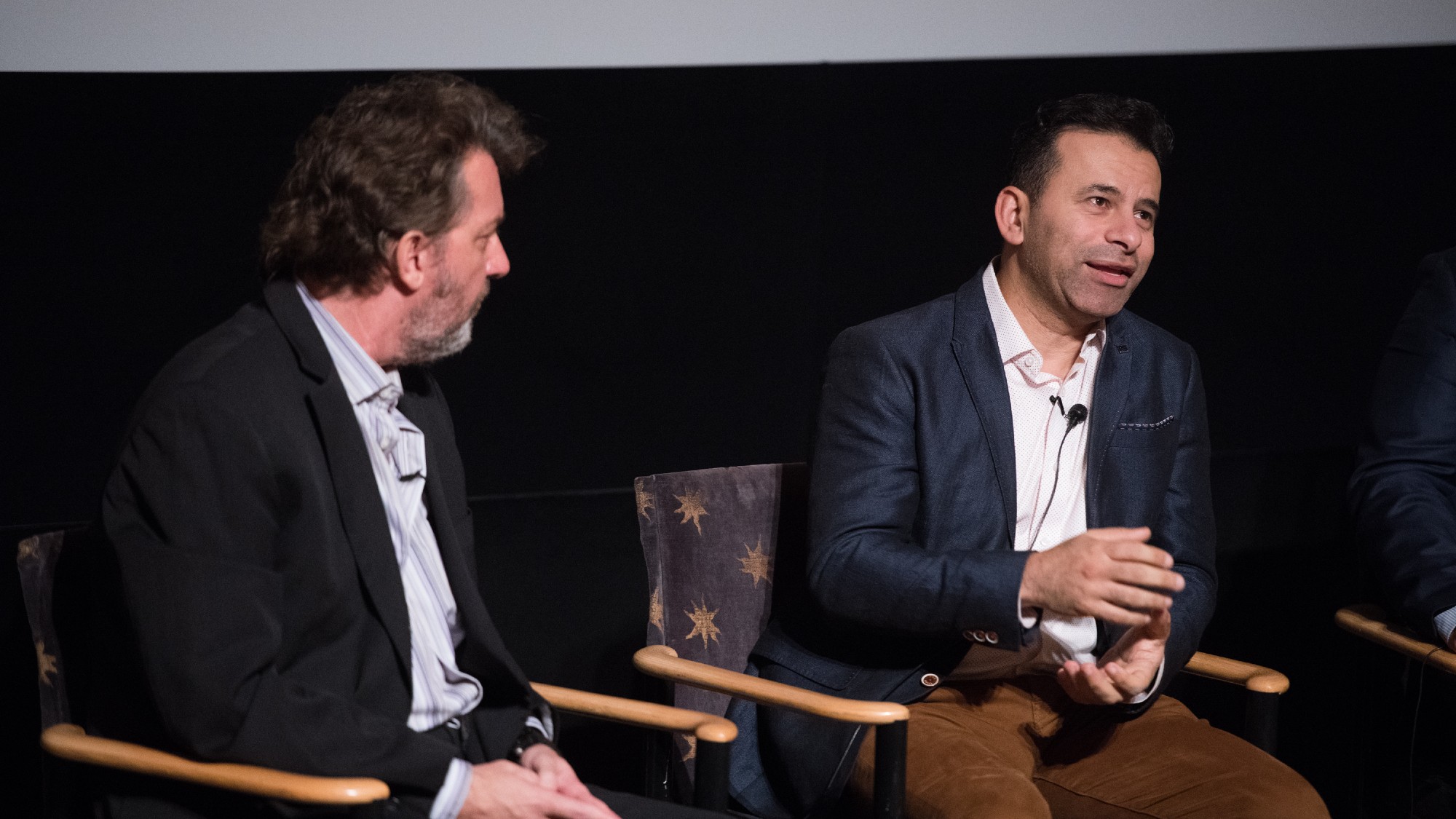 Marty Makary: the medical contrarian who will lead the FDA
Marty Makary: the medical contrarian who will lead the FDAIn the Spotlight What Johns Hopkins surgeon and commentator Marty Makary will bring to the FDA
-
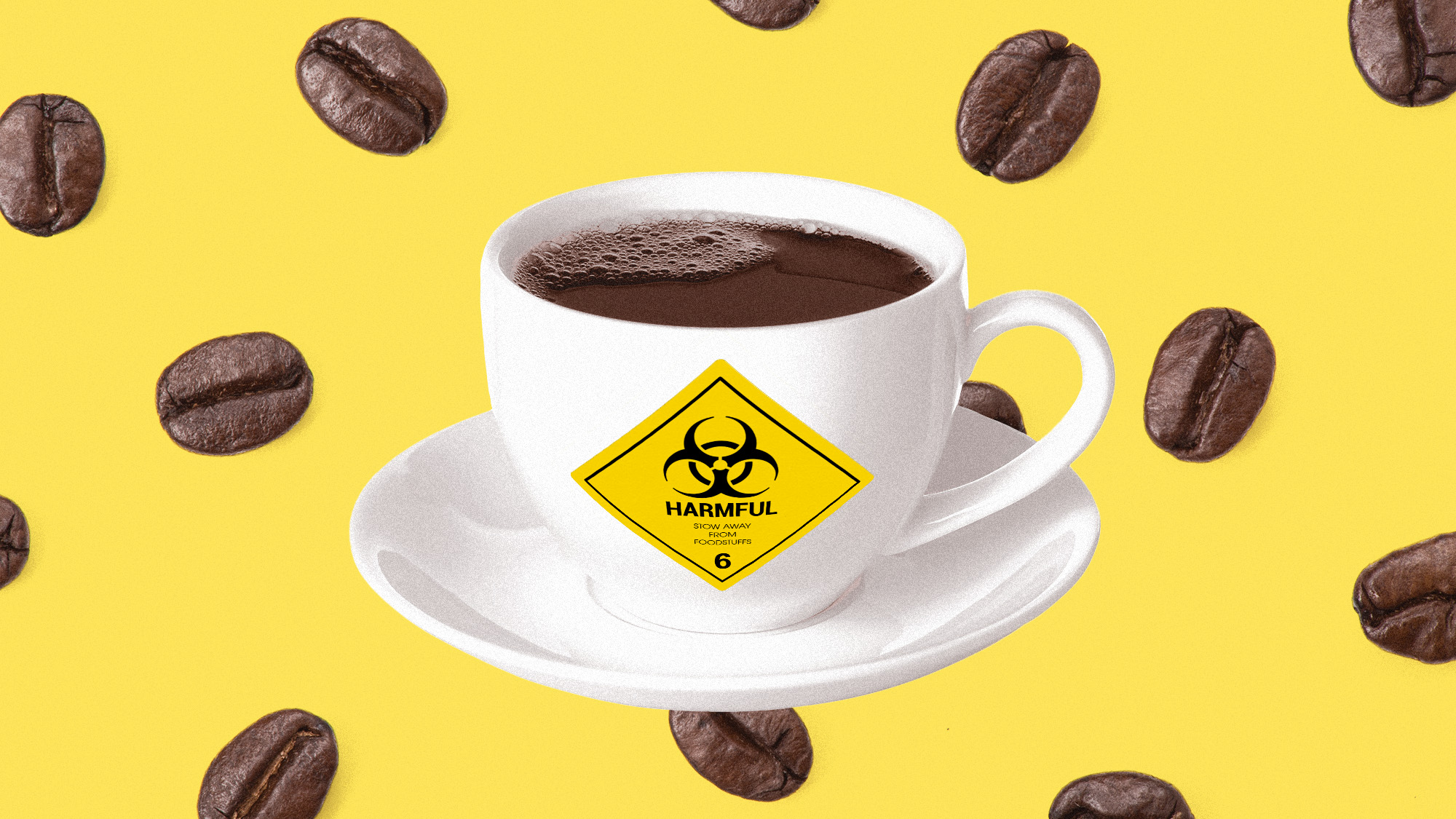 The push to ban decaf coffee
The push to ban decaf coffeeUnder the radar Going caffeine-free can be risky
-
 Indoor air pollution: the dangers inside your home
Indoor air pollution: the dangers inside your homefeature Pollutants contribute to millions of deaths in work places, schools and homes around the globe each year
-
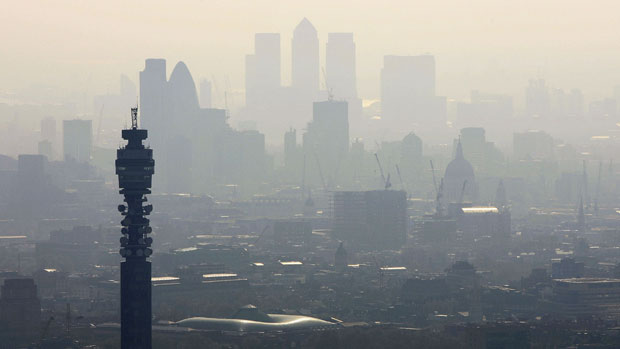 Did London pollution cause child’s death?
Did London pollution cause child’s death?Speed Read New inquest to explore the role of pollution in Ella Kissi-Debrah’s death
